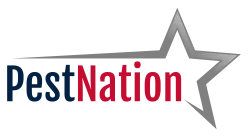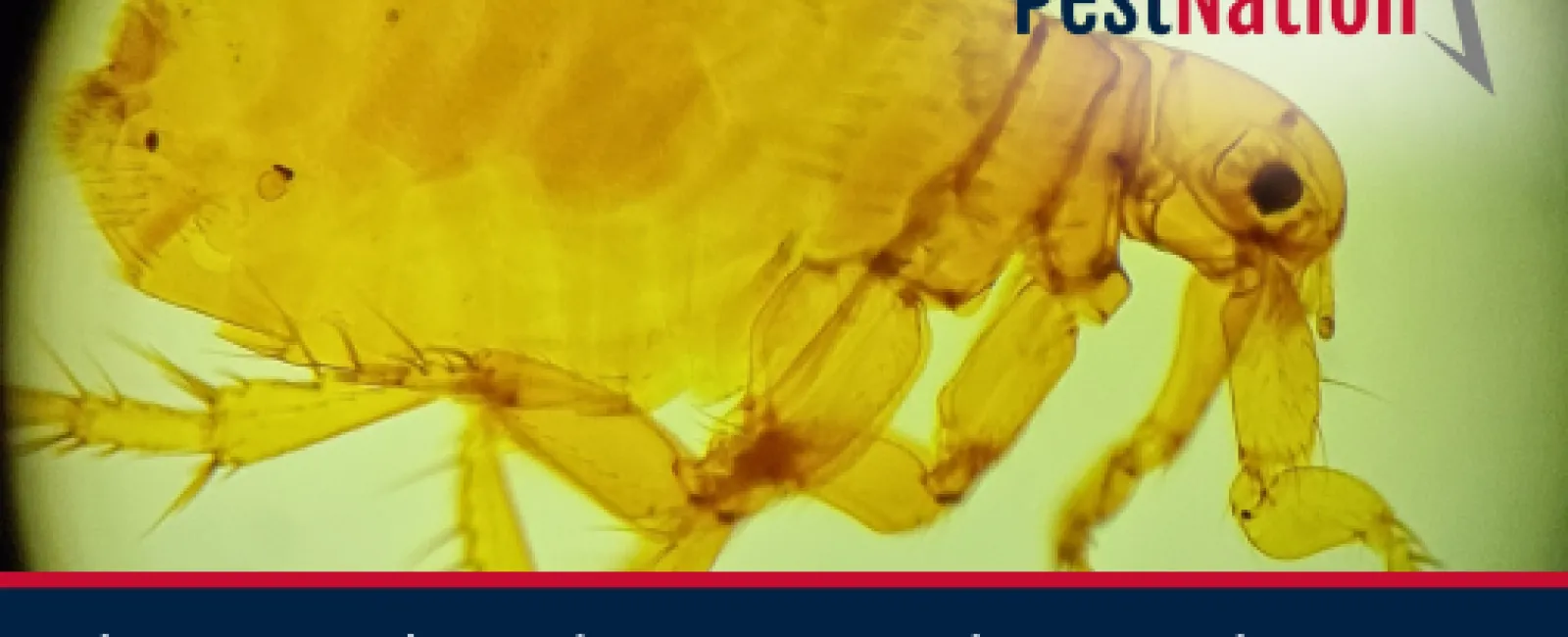As June arrives, bringing warmer temperatures, families look forward to enjoying their yards. However, this season also marks a peak in the activity of fleas and ticks. These tiny parasites are more than just an itchy nuisance; they pose significant health risks to both pets and humans, transmitting a variety of serious diseases. Your lawn, where you envision your children and pets playing safely, can quickly become a hotbed for these blood-feeding arthropods without proper prevention. Understanding the environmental factors that contribute to their proliferation in June, as well as their dangerous lifecycle and behaviors, is paramount to safeguarding your family and furry companions.
The threat of fleas and ticks extends far beyond simple discomfort. While a flea bite might cause an irritating itch, a severe infestation can lead to flea allergy dermatitis, secondary skin infections, and even anemia in pets. Ticks, on the other hand, are notorious vectors for debilitating illnesses, including Lyme disease, Rocky Mountain spotted fever, Ehrlichiosis, and Anaplasmosis, all affecting both humans and animals. As these pests emerge from overwintering and enter their most active breeding periods in June, your yard transforms into a potential breeding ground. Recognizing this heightened risk and implementing robust pest control strategies, like those offered by PestNation, is crucial for a healthy, hazard-free summer.
The June Perfect Storm: Why Your Yard is a Hotbed for Fleas and Ticks
June provides ideal conditions for fleas and ticks to thrive and multiply. The combination of rising temperatures, increased humidity, and lush vegetation creates an environment perfectly suited for their lifecycles.
Flea Lifecycle Acceleration: Fleas undergo four stages: egg, larva, pupa, and adult. Warm, humid June conditions significantly accelerate this lifecycle. Eggs laid on a host (your pet) often fall into your yard. These hatch into larvae within days, feeding on organic matter. Larvae then spin cocoons for the resilient pupal stage. Adults emerge when they detect warmth, vibrations, and carbon dioxide - signals of a host. This rapid turnover means a small initial population can explode into a full-blown infestation in weeks.
Tick Activity Peaks: Ticks, like fleas, depend on environmental conditions. Many tick species, including the blacklegged tick (deer tick) responsible for Lyme disease, are particularly active in spring and summer, with June being a peak period. Ticks don't jump or fly; they "quest," climbing onto tall grasses, shrubs, and leaf litter, waiting for a host. Your yard, especially with overgrown areas or adjacent to woods, provides perfect habitat. Ticks require a blood meal at each stage (larva, nymph, adult) to progress, making them relentless hunters.
Moisture and Vegetation: High humidity, often from summer rainfall, is critical. Fleas and ticks prefer moist, shady environments. Leaf litter, dense shrubbery, tall grasses, and shaded areas retain moisture and provide protection from direct sunlight, creating ideal microclimates. Areas near garden beds, woodpiles, compost heaps, and overgrown fencelines are particularly high-risk zones.
Wildlife Presence: The presence of wildlife, such as deer, squirrels, raccoons, opossums, and rodent populations (mice and rats), significantly increases the risk of fleas and ticks. These animals carry fleas and ticks and can drop eggs or engorged ticks as they move through your property, seeding your yard with new infestations.
The Grave Dangers: Why Flea and Tick Infestations are More Than Just an Annoyance
The impact of fleas and ticks extends far beyond itchy bites. These parasites carry pathogens that can cause serious, sometimes life-threatening, illnesses in both pets and humans.
Dangers to Pets:
- Flea Allergy Dermatitis (FAD): An allergic reaction to flea saliva, causing intense itching, scratching, hair loss, and secondary skin infections.
- Anemia: Severe infestations, especially in young or elderly pets, can lead to life-threatening anemia from blood loss.
- Tapeworms: Pets can ingest infected fleas while grooming, leading to tapeworm infestations.
- Tick-Borne Diseases: Ticks are vectors for diseases that can debilitate or kill pets, including Lyme Disease, Ehrlichiosis, Anaplasmosis, Rocky Mountain Spotted Fever, Babesiosis, and Tick Paralysis.
Dangers to Families (Humans):
- Lyme Disease: The most common tick-borne illness in the U.S., causing fever, headache, fatigue, and a "bull's-eye" rash. Untreated, it can lead to severe joint, neurological, and heart issues.
- Rocky Mountain Spotted Fever: Can be severe or fatal if not treated early.
- Ehrlichiosis & Anaplasmosis: Bacterial infections causing fever, chills, headache, and muscle aches.
- Tularemia: A bacterial disease transmitted by ticks.
- Powassan Virus: A rare but serious tick-borne viral disease causing brain inflammation.
- Bartonellosis (Cat Scratch Disease): Fleas can transmit Bartonella bacteria between cats, which can then be transmitted to humans.
- Murine Typhus: Transmitted by fleas, typically from infected rodents.
- Allergic Reactions: Flea bites cause itchy welts and allergic reactions in sensitive individuals.
PestNation's Comprehensive Approach to Protecting Families & Pets
Given the significant risks, a proactive and comprehensive pest control strategy is essential for homeowners in Atlanta, Charlotte, and Charleston. PestNation provides targeted solutions to protect your family and pets from fleas and ticks, focusing on both prevention and eradication.
PestNation Pest Inspections: The First Line of Defense: Effective pest control begins with understanding the problem. PestNation's expert technicians conduct detailed PestNation pest inspections of your property, meticulously identifying potential flea and tick habitats. This includes evaluating landscaping, identifying high humidity and dense vegetation, checking for wildlife activity, and assessing existing pest pressures. We pinpoint specific areas where ticks quest and fleas breed, allowing for a customized treatment plan.
Targeted Atlanta, Charlotte, and Charleston Interior and Exterior Pest Treatments: PestNation understands a comprehensive approach is required.
- Exterior Yard Treatments: A primary focus is treating the exterior of your home and yard. PestNation uses professional-grade products targeting fleas and ticks at various lifecycle stages. Treatments are applied strategically to high-risk areas like perimeter areas, fencelines, ornamental gardens, and shaded zones, creating a protective barrier.
- Interior Treatments (if necessary): If fleas are already inside, PestNation can implement targeted Atlanta, Charlotte, and Charleston interior and exterior pest treatments. Indoor flea control often involves treating carpets, upholstery, and pet bedding with professional-grade insecticides and insect growth regulators (IGRs) that disrupt the flea lifecycle.
Quarterly Services: Consistent Protection: Flea and tick activity fluctuates, but the threat remains. PestNation's quarterly services provide ongoing protection, ensuring your property is consistently defended. Regular treatments maintain a low pest population, breaking breeding cycles and preventing new infestations. This consistent approach is more effective than reactive treatments. With scheduled visits, your yard remains a safe haven.
Rodent and Rodent Exclusion: Addressing the Root Cause: Rodent populations are significant carriers of fleas and ticks. PestNation addresses this through rodent exclusion services. By identifying and sealing entry points rodents use to access your home and property, we significantly reduce flea- and tick-carrying hosts on your premises. This, coupled with appropriate rodent control, helps cut off a primary source of infestations.
Integrated Pest Management (IPM) Approach: PestNation employs an Integrated Pest Management (IPM) approach for long-term pest control. This includes:
- Environmental Modification: Advising homeowners on landscaping changes to reduce flea and tick habitats (e.g., mowing grass short, trimming shrubs, removing leaf litter).
- Monitoring: Regularly monitoring for pest activity to catch problems early.
- Targeted Treatments: Using effective treatments only where and when necessary.
- Education: Providing homeowners with information on prevention, including pet checks and preventative medications.
Reclaiming Your Yard from Fleas and Ticks
June presents a heightened challenge for homeowners due to environmental conditions aligning for peak flea and tick activity and rapid reproduction. The dangers they pose to human and pet health, from uncomfortable bites to severe diseases, underscore the critical importance of effective pest management. Your yard, meant for relaxation, can quickly become a source of anxiety if these parasites are unchecked.
Protecting your family and pets from fleas and ticks requires a proactive and comprehensive strategy. By understanding what attracts these pests and their dangerous implications, you can take informed steps. PestNation offers tailored solutions, beginning with thorough PestNation pest inspections to identify risk areas. Our expert technicians then apply targeted Atlanta, Charlotte, and Charleston interior and exterior pest treatments, creating a protective barrier. With quarterly services and attention to vital factors like rodent and rodent exclusion, PestNation provides consistent, reliable protection to ensure your outdoor spaces remain safe and enjoyable. Don't let fleas and ticks steal your summer; partner with PestNation to reclaim your yard and peace of mind.

